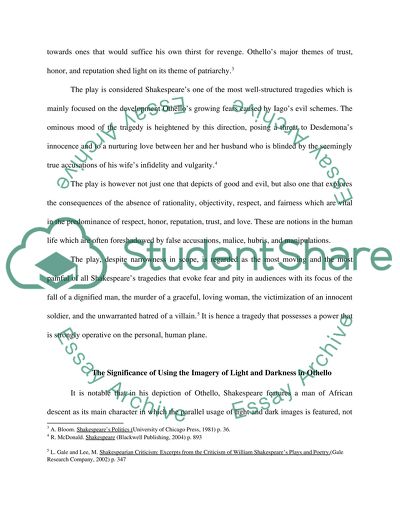Cite this document
(“Light and Darkness in Shakespeare's Othello Book Report/Review”, n.d.)
Retrieved from https://studentshare.org/miscellaneous/1516529-light-and-darkness-in-shakespeares-othello
Retrieved from https://studentshare.org/miscellaneous/1516529-light-and-darkness-in-shakespeares-othello
(Light and Darkness in Shakespeare'S Othello Book Report/Review)
https://studentshare.org/miscellaneous/1516529-light-and-darkness-in-shakespeares-othello.
https://studentshare.org/miscellaneous/1516529-light-and-darkness-in-shakespeares-othello.
“Light and Darkness in Shakespeare'S Othello Book Report/Review”, n.d. https://studentshare.org/miscellaneous/1516529-light-and-darkness-in-shakespeares-othello.


